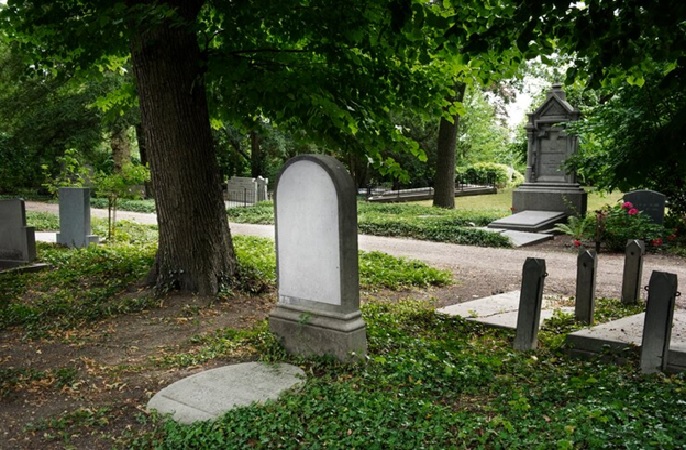Symbols that endure across time and society are gravestones, also called burial headstones. The grave markers have great meaning since they reflect the beliefs of the living while also paying tribute to the memory of the dead. Symbolism embedded in gravestones exposes a complex tapestry of human memory and history, spanning from ancient civilizations to contemporary society.
Different Symbolism on Gravestones from Different Cultures
A gravestone’s design and symbolism can change greatly from one culture to another. In Western societies, gravestones often bear the names, dates of birth and deaths of the departed, especially in North America and Europe. Typical religious symbols found on these markers include crosses, angels, or passages from the Bible, which reflect the strong Christian faith in these areas.
On the other hand, memorials to the dead and tablets commemorating family lineage are highly valued in Eastern civilizations, especially in Asia. For example, haka, traditional Japanese gravestones, signify filial devotion and reverence with their elaborate carvings and family crests.
There are also distinct customs involving gravesite headstones among indigenous communities throughout. In order to maintain a harmonious relationship with their natural surroundings and to pay homage to their ancestral roots, Native American communities often choose to mark burial places with stones or trees.
How Gravestone Symbolism Has Changed Through the Years
The religious and social mores of a given time have shaped the meaning of gravestones throughout many centuries. An illustration of this is how gravestones evolved into ornate memorials of loss and remembering throughout the Victorian period of the nineteenth century. Grave markers often featured symbols representing loss and the passage of time, such as wailing willows, shattered columns, and draped urns.
Gravestones nowadays are frequently a reflection of the individual’s personality and style. Whatever the interests, occupation, or passions of the departed, families have the option to create unique designs. Gravestones can now be elevated to the status of personalized memorials that honor distinct lives thanks to technological advancements that enable the laser engraving of images and special messages.
Gravestone Maintenance and Repair
Historical narratives and cultural artifacts can only be safeguarded through the preservation of gravestones. The artistic and legibility integrity of gravestones can be eroded over time by weathering and other environmental causes. The conservation of gravestones entails the use of specialized equipment and materials to clean, repair, and stabilize them.
Also, digital archives document gravestones, so they will be preserved for centuries to come. Genealogists, historians, and descendants can delve deeper into familial legacy and cultural history with the help of digital databases and online platforms that provide information about forebears and their final resting places.
Gravestone Design
Modern gravestones incorporate both modern and traditional elements. Because of the growing need for environmentally conscious funeral rites, biodegradable headstones crafted from sustainable materials such as plant fibers or recycled paper have been developed. These eco-friendly options represent a balanced view of life and death and show how people are starting to realize how responsible they are for the earth.
In summary
Headstones for graves or gravestones represent the changing social ideals and varied cultural practices around death and memorialization. As a reflection of the deep relationships between the living and the dead, the meaning of gravestones has changed throughout time, from ancient customs to modern developments. Protecting these solemn markers is a responsibility we have as keepers of cultural heritage; doing so will ensure that the tales they convey are around for years to come.




